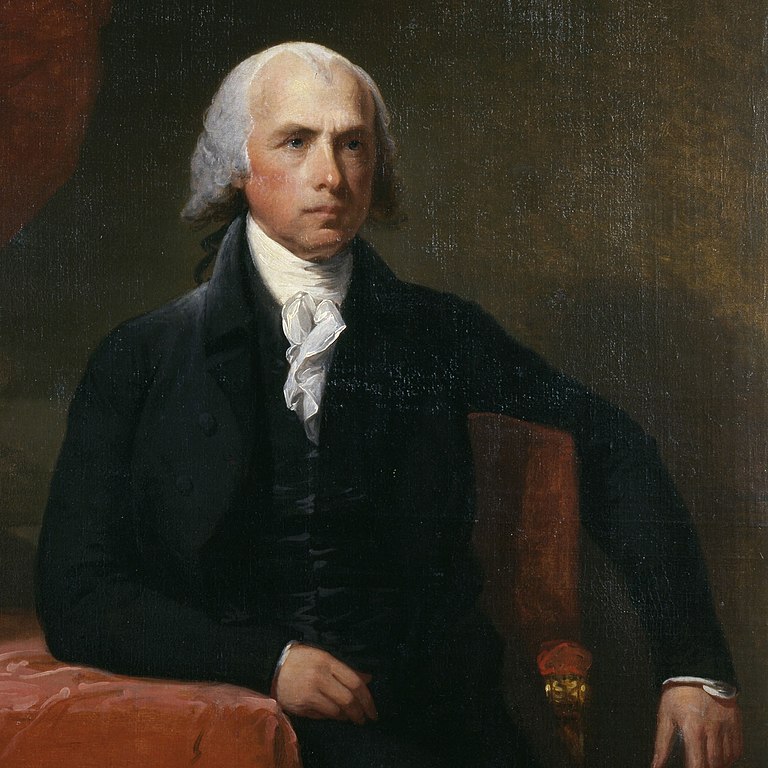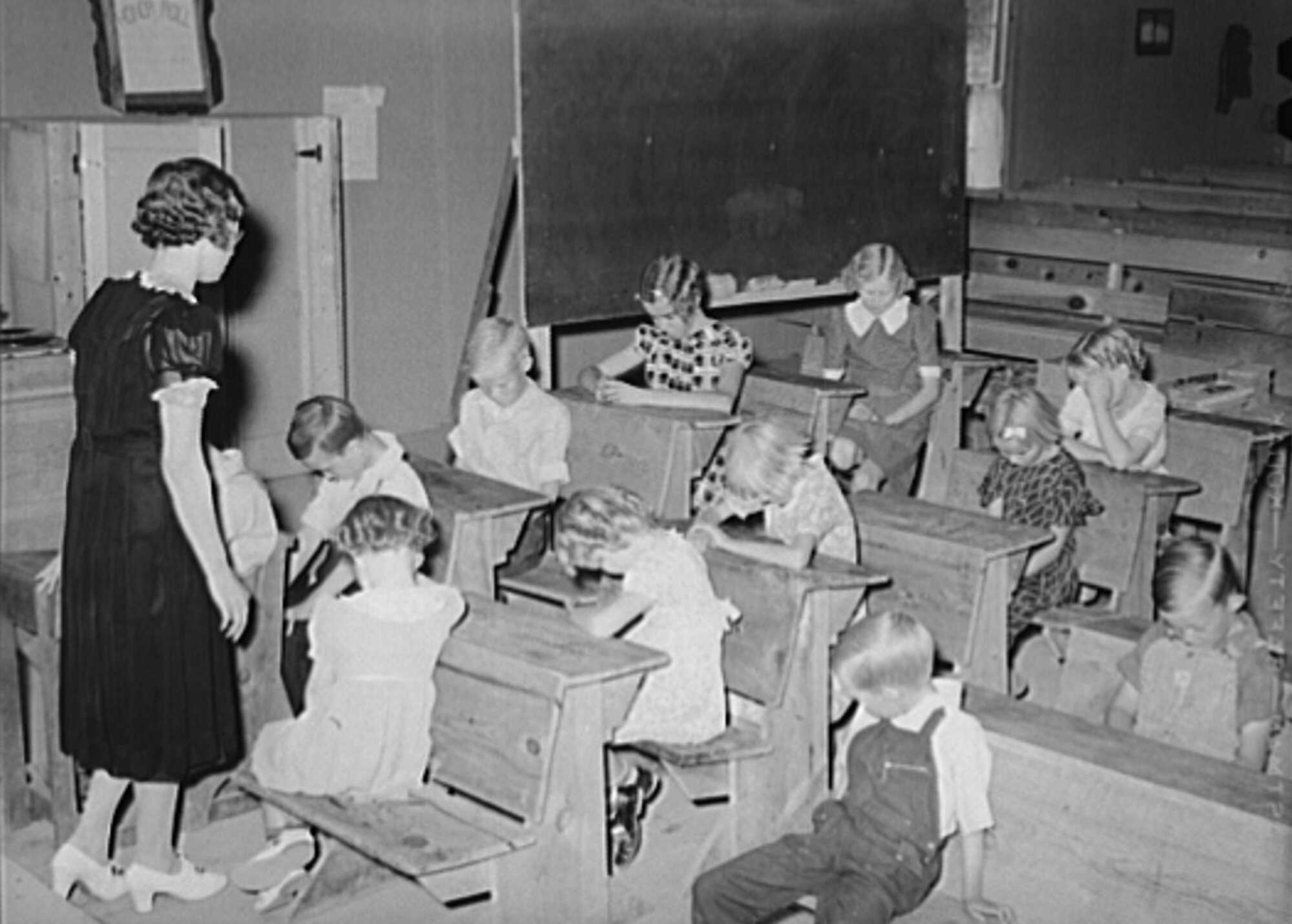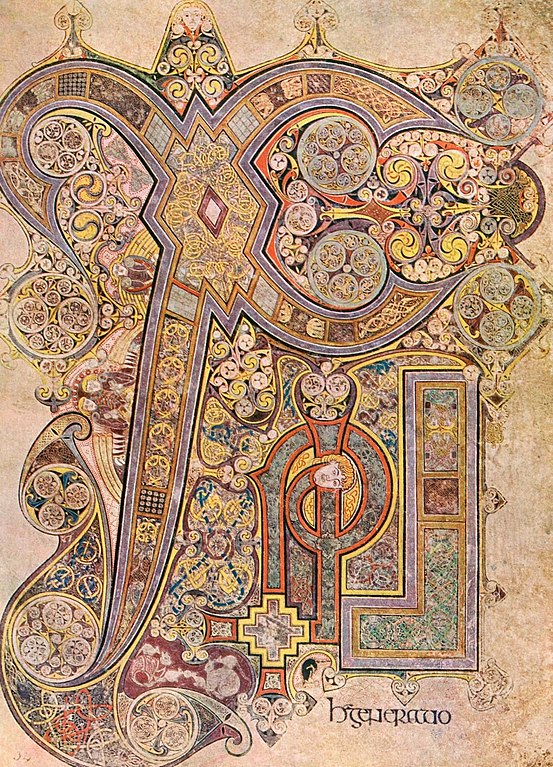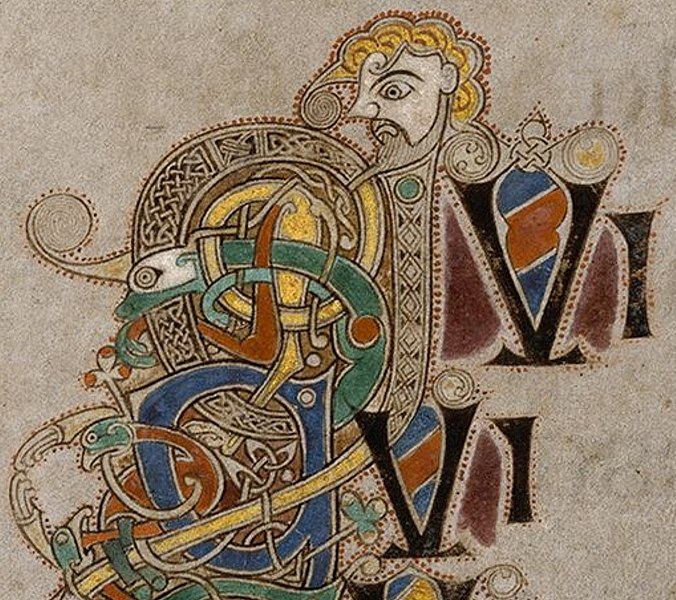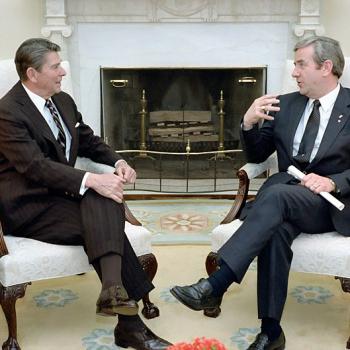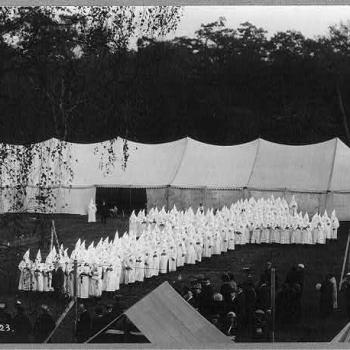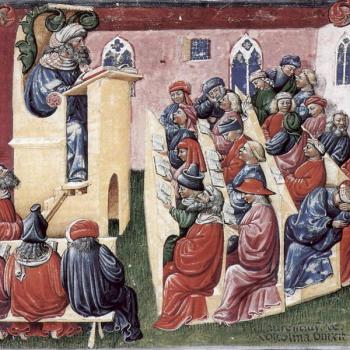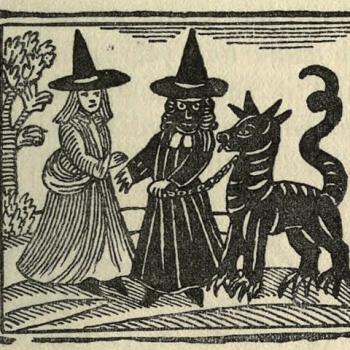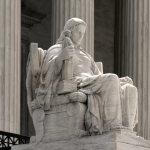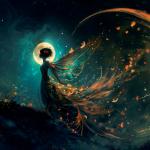Among the U.S. founding fathers, nobody cared more about religious freedom than James Madison. Madison (1751-1836), America’s fourth president, was deeply involved in crafting the U.S. Constitution and promoting its passage. His peers called him “the father of the Constitution.” He was the chief author of the first ten amendments to the Constitution, also called the Bill of Rights. And whenever people complain about the many Supreme Court decisions enforcing the separation of church and state — such as Engel... Read more


